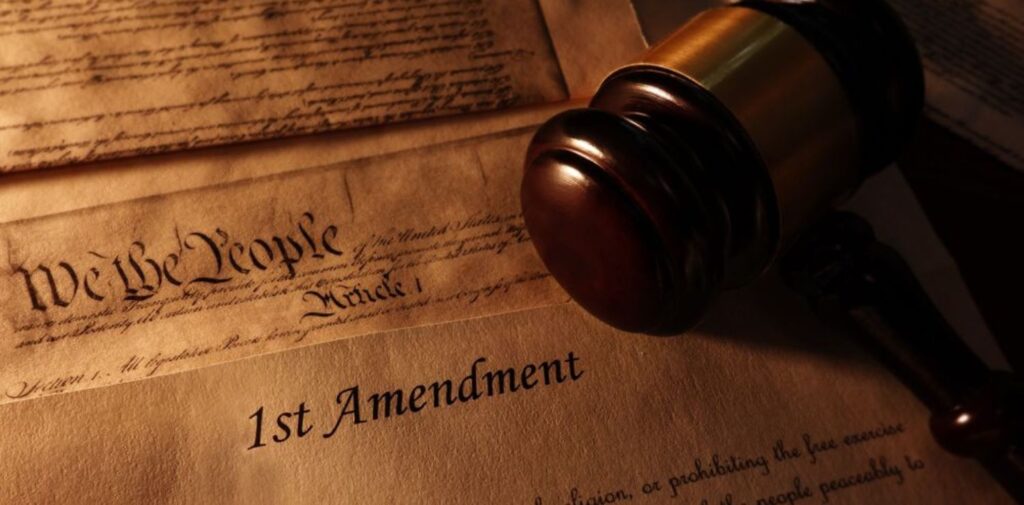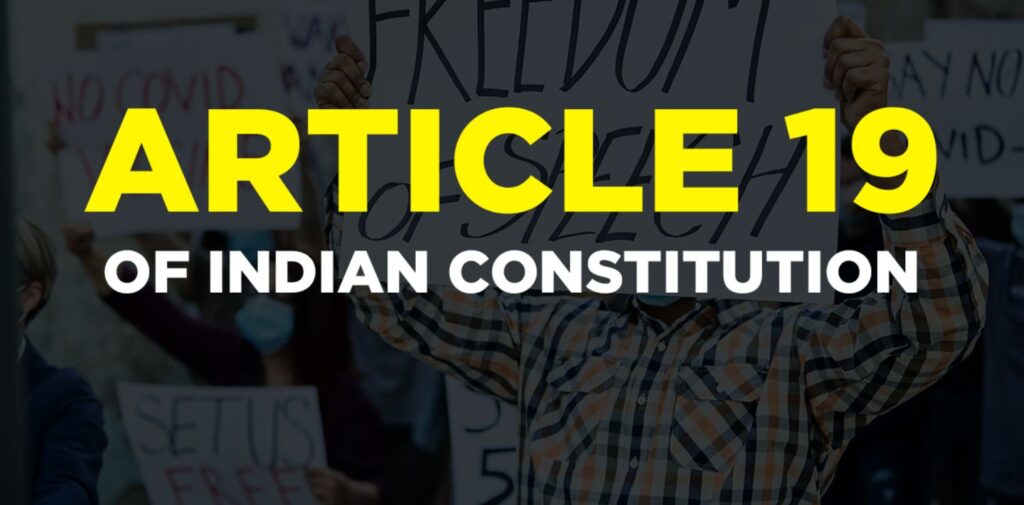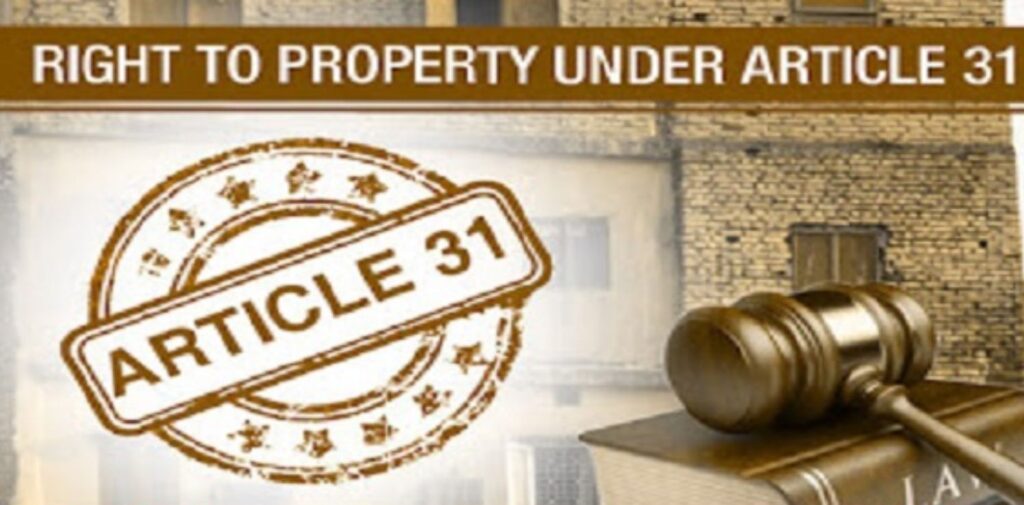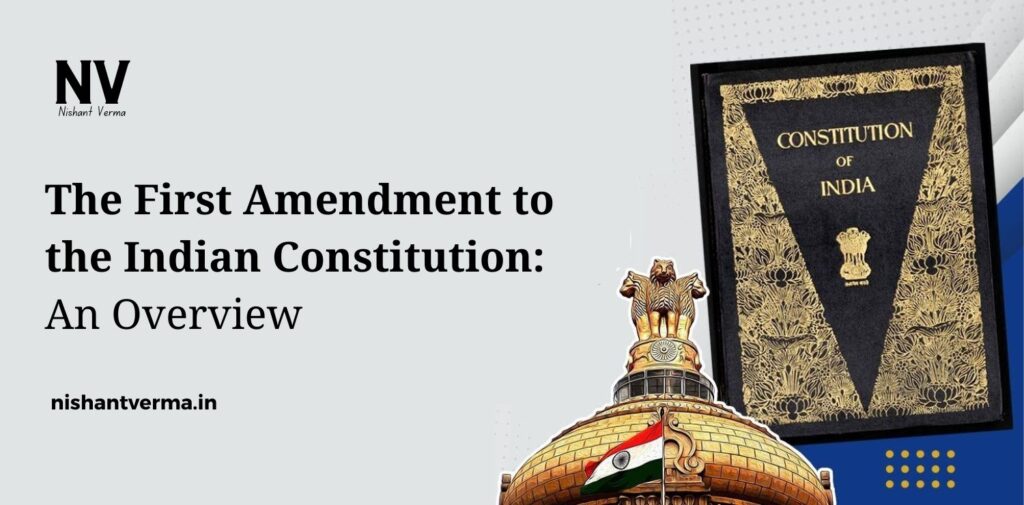The Constitution of India, adopted on January 26, 1950, laid the foundation for a democratic, federal republic, ensuring justice, liberty, and equality to all citizens. However, just over a year after its enactment, it became clear that certain provisions of the Constitution needed adjustments to address emerging challenges. This led to the First Amendment to the Indian Constitution, which was passed on June 18, 1951.
The First Amendment was a significant milestone in India’s constitutional history and played a crucial role in shaping the country’s legal and political landscape. It aimed to address issues related to freedom of speech, land reforms, and reservation for backward classes, among other concerns. In this article, we will explore the key changes brought about by the First Amendment, the challenges it aimed to address, and the long-term impact of these changes on India’s democratic framework.
Background: Why Was the First Amendment Necessary?
The Constitution of India had been designed to create a just and fair society, but it was also a product of its time. The framers of the Constitution had to balance various competing interests, including social justice, economic reforms, and individual rights. As India embarked on its journey as an independent nation, several issues emerged that highlighted the need for changes to the original text.
- Challenges to Constitutional Provisions: In the years following the adoption of the Constitution, there were legal challenges to some of its provisions, particularly regarding the freedom of speech and expression, which was seen as too broad.
- Land Reforms: One of the major goals of the Indian government was to implement land reforms to address the inequities in land ownership. However, the original Constitution did not provide a clear mechanism for this, and there was resistance from landlords and other vested interests.
- Protection for Backward Classes: The issue of social justice for Scheduled Castes (SCs), Scheduled Tribes (STs), and other backward classes (OBCs) was of prime importance. The Constitution had provisions for reservation in government services and educational institutions, but there were concerns about how these provisions would be implemented effectively.
The government, under Prime Minister Jawaharlal Nehru, sought to amend the Constitution to address these issues more effectively. The First Amendment was thus a response to these emerging challenges.

Key Changes Introduced by the First Amendment
The First Amendment Act of 1951 introduced several important changes to the original Constitution of India. The main changes were related to freedom of speech, land reform laws, reservations for backward classes, and the protection of the rights of individuals. Let us look at each of these in detail.
Changes to the Right to Freedom of Speech (Article 19)
One of the most significant changes introduced by the First Amendment was Article 19, which guarantees the right to freedom of speech and expression. The original provision allowed citizens to express their opinions freely, but it also provided for certain reasonable restrictions.
The First Amendment added more grounds for limiting the freedom of speech and expression, such as:
- Public order: The amendment allowed the government to impose restrictions on speech if it was seen as a threat to public order. This was meant to curb hate speech, incitement to violence, or the spreading of false information that could destabilize society.
- Defamation: The amendment allowed restrictions on speech that could defame individuals or groups, thus protecting people from harmful or defamatory statements.
- Contempt of court: The amendment also made it easier for the government to impose restrictions on speech if it was deemed to obstruct the administration of justice, including contempt of court.
- Sedition: Another significant change was in the context of sedition laws, which were inherited from the colonial era. The amendment aimed to ensure that speech or actions that could incite rebellion against the government could be restricted.
These changes were primarily made to prevent the misuse of the right to freedom of speech in ways that could lead to violence, public disorder, or the weakening of state authority. While these changes increased state powers to restrict speech, they were also seen as a necessary tool to protect national security and maintain law and order in a newly independent country.

Reservation for Backward Classes (Articles 15 and 16)
Another important change introduced by the First Amendment related to social justice and the protection of the rights of Scheduled Castes (SCs), Scheduled Tribes (STs), and Other Backward Classes (OBCs).
The Constitution initially provided for reservation in government jobs and educational institutions for certain communities to correct historical injustices. However, there were concerns that the original provisions were not sufficiently clear and might lead to ineffective implementation.
The First Amendment addressed this by:
- Allowing the state to make special provisions for the advancement of socially and economically backward classes (including SCs, STs, and OBCs).
- Clarifying that reservation in educational institutions could be extended to these groups, thereby ensuring that they had better access to education and opportunities.
The changes made by the First Amendment to Articles 15 and 16 facilitated the expansion of affirmative action policies, ensuring that these communities received adequate representation in the civil services and educational institutions.

Land Reforms and the Protection of Property Rights (Article 31)
India’s post-independence government had a strong agenda of land reforms aimed at redistributing land from large landowners to the landless poor. However, some of the provisions in the original Constitution made it difficult to implement land reforms effectively.
The First Amendment made important changes to Article 31, which dealt with the protection of property rights. The amendment:
- Limited the right to property by allowing the government to take over property for public purposes, even if it was not paying full compensation, in certain cases. This was particularly important in the context of land reforms, where the government needed the power to seize large landholdings from wealthy landowners.
- Placed restrictions on property rights in the interest of social justice and land redistribution. This allowed the government to pass laws that would reduce the concentration of land in the hands of a few, facilitating a more equitable distribution.
These changes were crucial for advancing land reform policies that would reduce poverty and empower the landless.
Strengthening the Constitutional Framework
In addition to the changes made to specific articles, the First Amendment also had an important effect on the overall constitutional structure:
- Clarifying the limits of judicial review: The amendment made it more difficult for the judiciary to strike down laws related to land reforms, thus protecting such laws from being invalidated on the grounds of violating fundamental rights. This was a significant step to ensure that social welfare laws were implemented effectively.
- Empowering the Parliament: The First Amendment further strengthened the role of Parliament in shaping constitutional policies, giving it the power to make laws that aligned with the government’s social and economic objectives.
Conclusion: The Legacy of the First Amendment to the Indian Constitution
The First Amendment to the Indian Constitution marked a pivotal moment in the nation’s post-independence history. It addressed the pressing challenges of social justice, public order, and land reforms while ensuring that the country’s democratic framework remained intact. While the amendment increased the government’s power to impose restrictions on certain rights, it also ensured greater protection for disadvantaged and marginalized communities.
The changes introduced by the First Amendment laid the groundwork for subsequent amendments to the Constitution and played a critical role in shaping India’s policy on affirmative action, land reforms, and freedom of expression. Although the debate about the balance between individual freedoms and social justice continues, the First Amendment remains a cornerstone in India’s constitutional evolution.
By modifying the original provisions to suit the changing needs of society, the First Amendment ensured that the Constitution could continue to serve as a living document, capable of adapting to new realities while safeguarding the rights and interests of all citizens.




